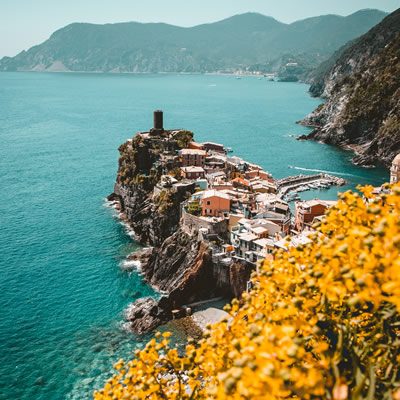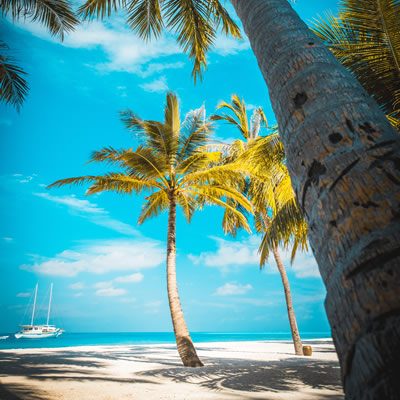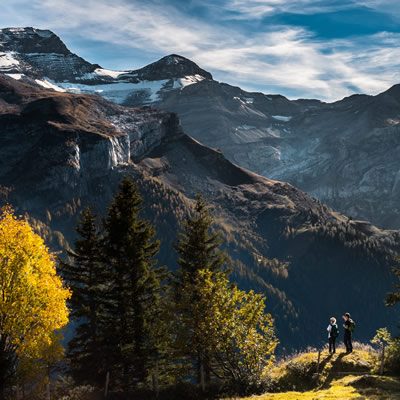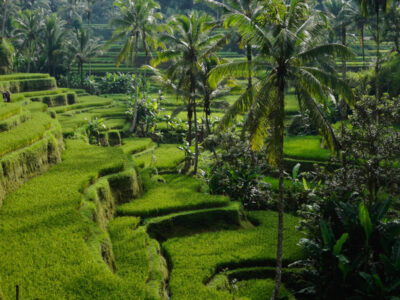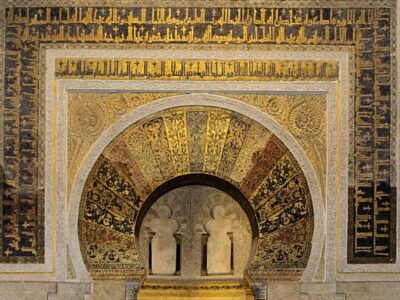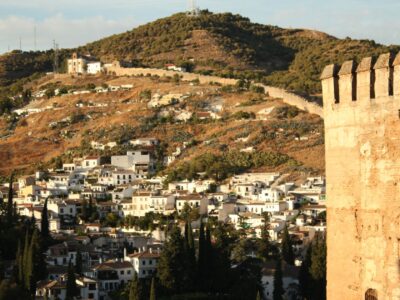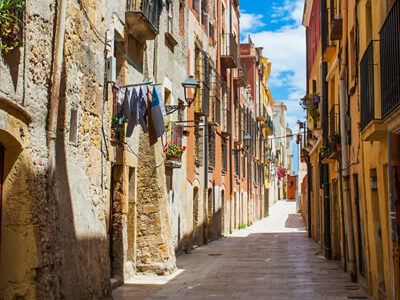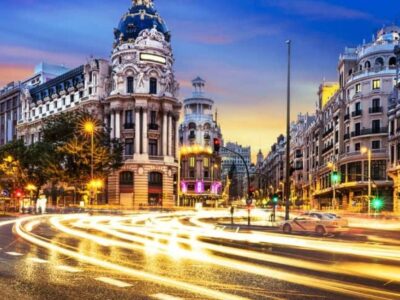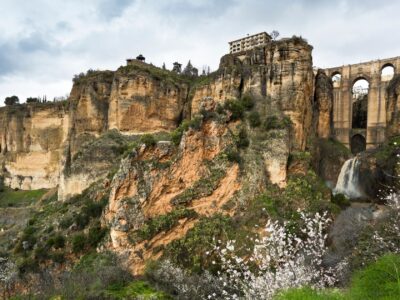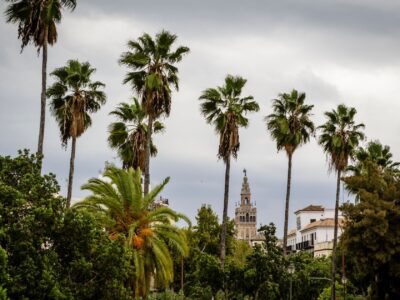Cordoba
After 756 AC, with the rise of AbdulRahman I (ad-daher, the migrant/refugee) the Umayyad safe guarded a new state of Al-Andalus in Cordoba to be the capital and epicentre of one the greater Civilizations in history. Beyond the inevitable warfare and political turbulence of the time, Iberia stepped from the dark ages to a brighter future becoming a bridge towards later technological, scientific and industrial revolutions in Europe and around the world.
Prior to Al-Andalus being a caliphate, al-Andalus was kept together as an Emirate since 750 and ruled from Cordoba by the Umaya family.
As we cross the mountain ranges into Andalucia from the North, Some 140 Km south of Navas de Tolosa, lies the capital of what was once the Caliphate of Al-Andalus, Cordoba. Today we may still witness the unique culture and historic buildings from the Caliphal period of Al-Andalus(929-1031). We may witness Cordoba's main Mosque, which contains many secrets as it withstands to tine claiming history. Nowadays the mosque is used as a Cathedral since its reform in the mid 16th Century.
We may also visit what was effectively the first Parliament in Europe. The Palatial City of Medinat al Zahra is where the government organized and commissioned taxes from. From as far as the silk and gold routes reached: eastwards to China and India and southwards to Senegal and deeper into Africa, riches flowed to the arcs of our capital Cordoba!
During the Caliphal period up to 10.000 arrows and 2.000 bows were fabricated monthly by the riverside, and it was also the land that bread the best Arabian horses. The River Guadalquivir (Wadi al Kabir) from Cazorla (Al-Kasru Allah) mountains to Cordoba then Sevilla before reaching the Atlantic Ocean. The river makes its way through campiña fields planted with sunflowers, wheat and corn, as well as olive, orange and other fruit orchards.
Although the Court city only lasted under 100 years, it symbolizes the climax of Muslim Spain, the Umayyad Caliphate and its downfall. After this period the Caliphate fell into smaller units or provinces becoming fortified Kingdoms in themselves.
Under the Muslims, both Jews and Christians, who were"Peopleof the Book" were treated well, aside from taxes (the Islamic zakat) and allowed to worship freely, with a few restrictions - the Christians were not to ring their church bells. Muslims, Christians, and Jews all dressed similarly, and the Muslims often attended Christian celebrations. These Christians who lived in many ways like the Muslims were known as Mozarabs from the Arabic word musta'rib, meaning arabized. As we know most of the ancient Iberian Christian population practised an Arian approach to their faith, in so being very in line with the new faith of Islam.
Slaves at this time were mostly war captives and included Africans, Slavs, and Germans, among others. Those who became Muslim would be freed and those who became soldiers would be paid generously. The Muslim Caliphs of Cordoba formed great armies of Slavs. Abd al-Rahman II is well known to have had a personal army of 20.000 Slavs who were called the silent ones since they couldn't talk Arabic. Captured Jews were generally ransomed by the Jewish community. Christians in northern Europe were even embarrassed by the flood of Christian slaves who fled to al-Andalus from their Christian masters in the north.
As we penetrate into Andalusia from Cordoba we will at times have views of fortress cities surrounded by olive tree fields that stretch to the horizon.


